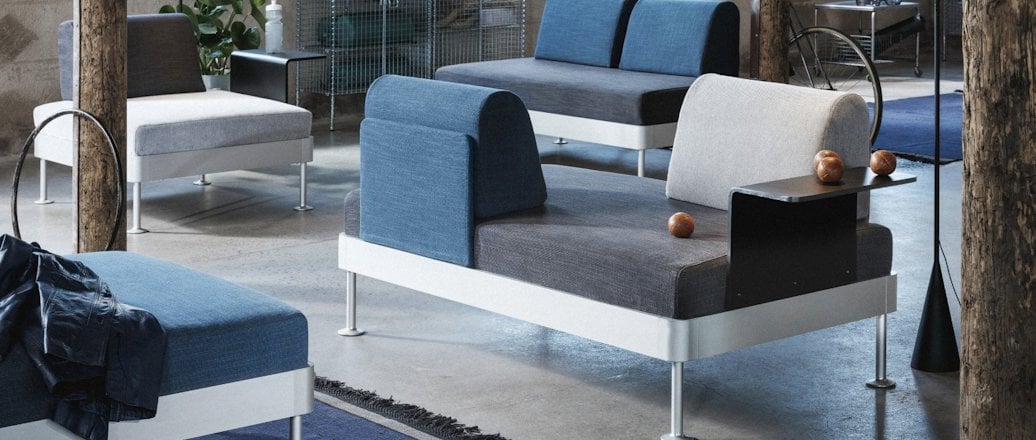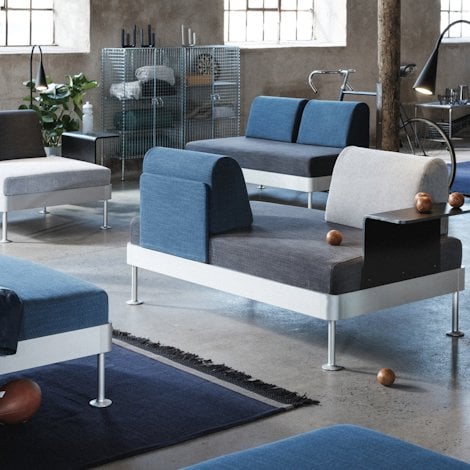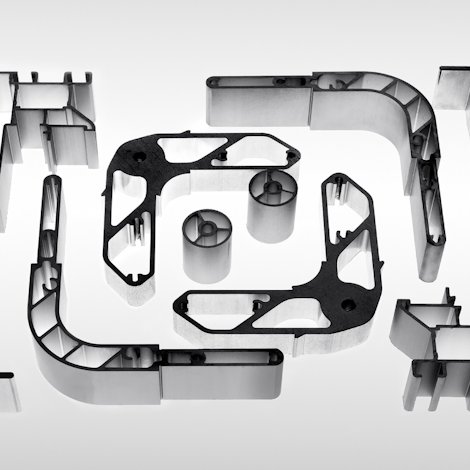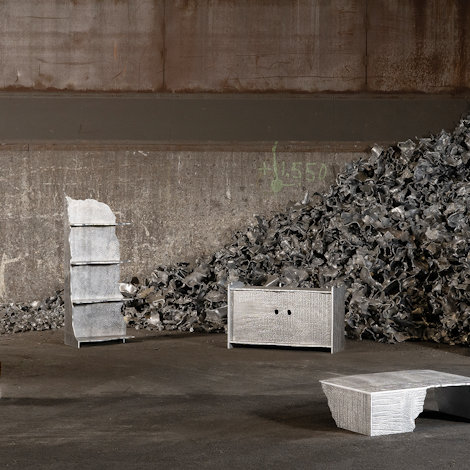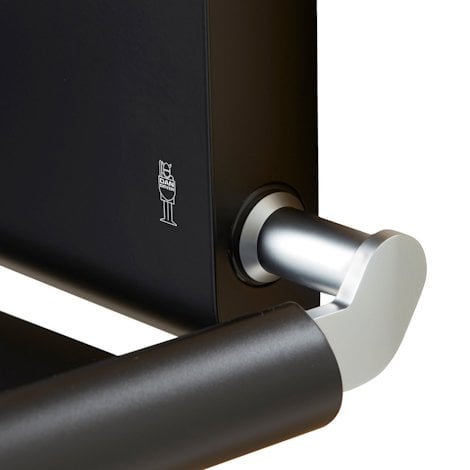Why Tom Dixon and IKEA got together for DELAKTIG
When I started thinking about trying to work on a project about design for the beginning of life and the end of life, it felt like IKEA was the best place to do it. This was the start of IKEA DELAKTIG.
I have my own company designing, developing and distributing our own high-end furniture lighting and accessories, but I like the way that luxury companies and “high street” companies collaborate in the fashion industry. I had a long association with IKEA mainly through the years I spent as creative director at Habitat, when IKEA owned the company, so I knew a lot about how it works.
And like most people, I am impressed by IKEA’s domination of the global furnishings business.
From sofabed to bedsofa
When we started talking about what IKEA was looking for at the time, they said that they were rethinking their upholstery selection. I said that I was more interested in the bed, because for me the bed is really the primary unit in furnishing your home. It takes up the most space, it is usually the first thing you buy, and you spend the longest time using it compared to any other piece of furniture.
So in the end, we decided to rethink the “sofabed” typology and think of something that was more a “bedsofa.”
Smaller living spaces, more flexibility
Marcus Engman is the head of design for Ikea. Both Marcus and I were fascinated by industrial production and interested in the way that larger pieces of furniture are still made by fairly primitive manufacturing techniques.
We talked about many ways of making a longer lasting, more sustainable and adaptable piece of furniture. Something that incorporated a lot of discussion about how people’s domestic lives are transforming. Smaller spaces. More moving home. More flexibility needed from more flexible human relationships.
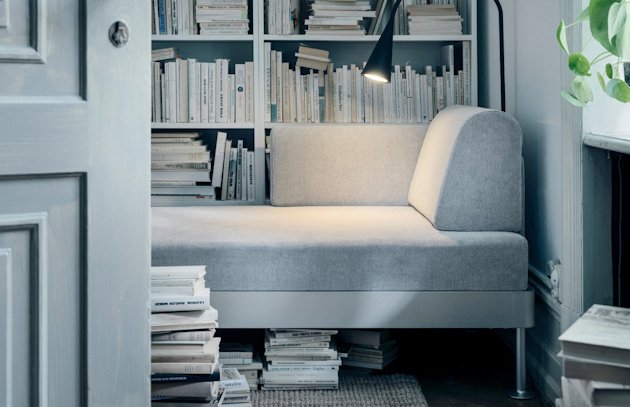
Re-useable and adaptable aluminium
Looking at materials, we looked at cardboard first to try and make a very affordable frame, and then we looked at natural fiber and resin, but we wanted something that had a sense of permanence and real solidity about it, with a number of technical functions.
We also wanted it to be re-useable and adaptable, so aluminium came up as the optimum material.
I learned a lot about aluminium extrusions in the process. I also learned a lot about the evolution of people’s ways of living, because IKEA has vast amounts of statistics on this subject.

